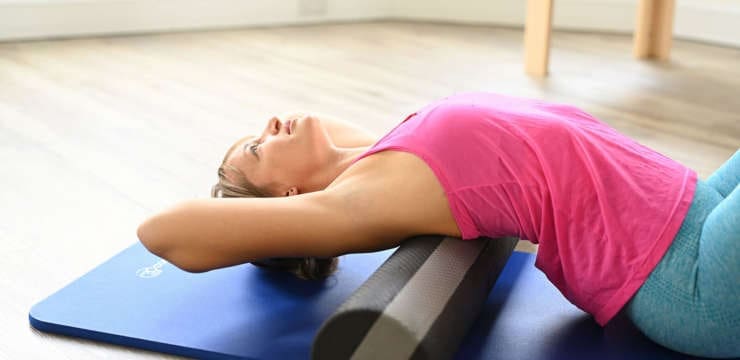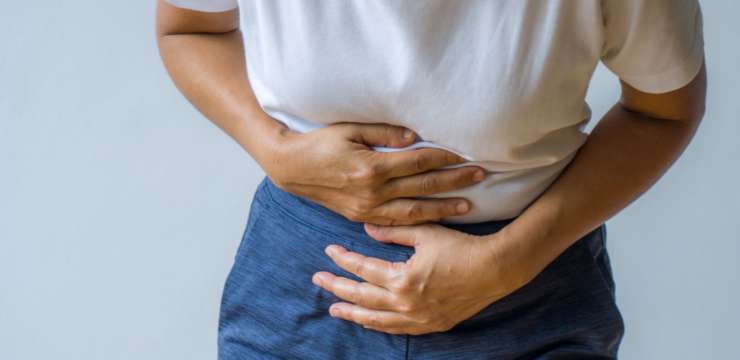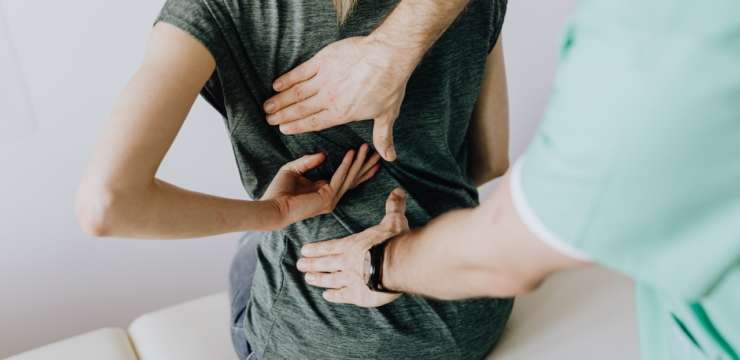Introduction The various muscles and ligaments that encompass the back help protect the spine’s thoracic region. The spine has three sections: cervical, thoracic, and lumbar, which…

Chronic back pain is very common and has a reaching effect on many health and physiological processes. Dr. Jimenez reveals topic and issues affecting his patients. Understanding the pain is critical to its treatment. So here we begin the process for our patients in the journey of recovery and overall health/well-being.
Just about everyone feels pain or discomfort from time to time. When you cut your finger or pull a muscle, pain is your body’s way of telling you something is wrong. Once the injury heals, you stop hurting.
Chronic pain is different. Your body keeps hurting weeks, months, or even years after the injury. Doctors often define chronic pain as any pain that lasts for 3 to 6 months or more.
Chronic pain can have real effects on your day-to-day life and your mental health. But you and your doctor and health coach can work together to treat it.

Introduction The various muscles and ligaments that encompass the back help protect the spine’s thoracic region. The spine has three sections: cervical, thoracic, and lumbar, which…

Introduction Many individuals utilize the lower half of their bodies to go to different places and use the various surrounding muscles that provide stability on…

Back pain is one of the most common reasons individuals go to a doctor, massage therapist, physiotherapist, osteopath, and chiropractor. Various health conditions, some spine-related,…

Introduction When it comes to the torso is surrounded by various muscles that help protect the vital organs known as the gut system and help…

Introduction Many individuals don’t realize that the various muscles in their back help provide functionality to the body. The back muscles help move, bend, rotate, and help…

Introduction As the “backbone” of the body, the thoracic region of the back has various muscles that help support the ribcage and protect the heart and lungs from injuries.…

Introduction The upper back is part of the thoracic region of the spine, surrounded by various muscles that protect the thoracic joints and help assist with respiratory…

Spondyloarthritis is a group of inflammatory, immune-mediated diseases that cause chronic low back pain, inflammation, irritating aches, and pains. The conditions mostly affect the spine…

Introduction Many individuals do not realize they are in pain until they begin to feel symptoms of stiffness or tenderness in certain areas of their…

Introduction When many individuals look for ways to relax after a stressful event in their daily lives, many people have an exercise regime that allows them to…

Fatigue Ankylosing Spondylitis: Fatigue is a significant complaint for individuals dealing with ankylosing spondylitis. Ankylosing spondylitis is a chronic inflammation of the spine’s joints that…

Introduction Everyone wants to be healthier at some point in their lives. Some individuals train to be athletes and must follow procedures to maintain their health. In…

Introduction The digestive system in the body helps with the process of digesting food that the host consumes. The food being digested goes through a bio-transformation where…

Introduction The spine has three areas: cervical, thoracic, and lumbar in the back, encased with muscles, tissues, ligaments, and joints that help protect the spinal…

Low back and mid-back pain could be caused by abdominal or pelvic organ distress/irritation or infection that an individual doesn’t know about. This could be…

Introduction Everybody is always moving in their vehicles as they go from one place to another in less time. Sometimes accidents happen as vehicles collide with each…

Gastroesophageal reflux disease(GERD) is a prevalent condition associated with many factors. Indeed, being overweight, having bad posture, congenital physiological derangements, and even indulging in specific…